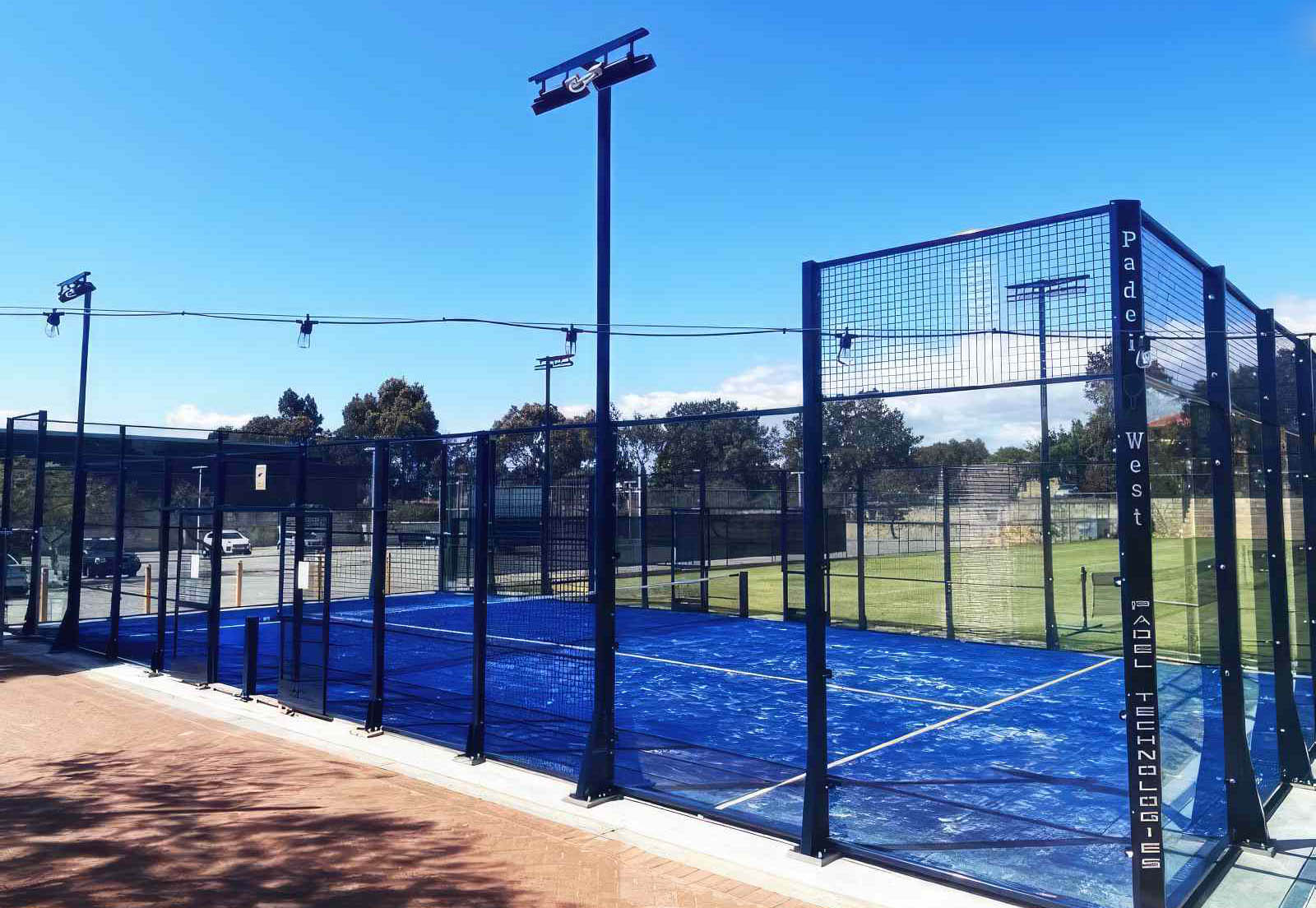Analyzing Provincial Influence On Homebuilding Efficiency

Table of Contents
The Role of Provincial Building Codes in Homebuilding Efficiency
Provincial building codes are the cornerstone of energy-efficient home construction. These codes dictate minimum standards for insulation, windows, ventilation, and other crucial elements that directly influence a home's energy consumption. However, the stringency of these codes varies significantly across Canada.
Variations in Building Codes Across Provinces
The differences in building codes between provinces are stark. Some provinces have adopted ambitious, forward-thinking codes that prioritize energy efficiency, while others maintain less stringent regulations. This disparity creates a noticeable gap in the energy performance of homes built across the country.
- Insulation Requirements: Provinces like British Columbia often mandate higher levels of insulation in walls and attics compared to provinces with less stringent codes.
- Window Efficiency Standards: The minimum requirements for window U-values (a measure of heat transfer) vary considerably, impacting a home's heating and cooling load.
- Ventilation Systems: Some provinces enforce the use of energy-recovery ventilators (ERVs) to improve indoor air quality while minimizing energy loss, whereas others don't have such requirements.
Data from the Canadian Mortgage and Housing Corporation (CMHC) reveals significant differences in the estimated energy consumption of new homes across provinces. For instance, homes built to the stricter codes in British Columbia may consume 20-30% less energy than homes built to the minimum standards in other provinces. This highlights the significant impact of even minor variations in building code requirements.
Impact of Code Updates on Energy Efficiency
Regular updates to building codes are crucial for keeping pace with technological advancements and improving energy efficiency standards. Provinces that proactively update their codes see a measurable improvement in the energy performance of new homes.
- Successful Code Updates: Provinces that have successfully implemented updated codes often witness a reduction in energy consumption, leading to lower utility bills for homeowners and decreased greenhouse gas emissions.
- Case Studies: British Columbia's commitment to regular code updates, incorporating the latest energy-efficient technologies, has resulted in significantly improved energy performance in newly built homes, serving as a model for other provinces.
Provincial Energy Efficiency Programs and Incentives
Beyond building codes, provincial governments employ various financial incentives and programs to encourage energy-efficient homebuilding. These programs are essential for bridging the gap between minimum code requirements and best practices in energy-efficient construction.
Types of Provincial Incentives
Many provinces offer a range of incentives to builders and homeowners, incentivizing the adoption of energy-saving technologies.
- Rebates for High-Efficiency Windows: Several provinces provide rebates for installing windows with high U-values and low Solar Heat Gain Coefficients (SHGC).
- Grants for Green Building Materials: Grants and tax credits are often available for using energy-efficient insulation, high-performance HVAC systems, and other sustainable building materials.
- Tax Credits for Energy-Efficient Retrofits: While focused on existing homes, some programs indirectly influence new builds by setting a precedent for energy-efficient practices.
Statistics show that these programs have a demonstrable impact. Provinces with generous incentives often see a higher adoption rate of energy-efficient technologies than those with limited or no programs.
Impact of Program Design on Efficiency Outcomes
The effectiveness of these programs is directly linked to their design and implementation. Well-designed programs are user-friendly, accessible, and effectively communicate their benefits to builders and homeowners.
- Well-Designed Programs: Clear eligibility criteria, straightforward application processes, and timely disbursement of funds contribute to program success.
- Poorly Designed Programs: Complex application processes, lack of awareness, and bureaucratic hurdles can hinder the adoption of energy-efficient technologies, even when substantial incentives are offered.
- Factors Affecting Success: Accessibility, awareness campaigns, and strong administrative support are essential for successful program implementation.
The Influence of Provincial Policy on Green Building Materials and Practices
Provincial policies play a significant role in shaping the market for sustainable building materials and practices. Governments can influence the adoption of environmentally friendly materials and construction techniques through various measures.
Provincial Support for Sustainable Building Materials
Policies that promote the use of locally sourced, recycled, or sustainably harvested materials can significantly reduce the environmental impact of homebuilding.
- Policies Encouraging Local Materials: Incentivizing the use of locally produced lumber or recycled materials reduces transportation costs and emissions.
- Promoting Sustainable Forestry Practices: Policies supporting responsible forestry management ensure a sustainable supply of timber for construction.
Market share data indicates that provinces with strong policies supporting sustainable materials are experiencing a greater adoption rate of these products compared to provinces with less proactive policies.
Adoption of Green Building Standards and Certifications
The adoption and enforcement of green building standards and certifications, such as LEED (Leadership in Energy and Environmental Design) or Passive House, are vital for driving higher levels of energy efficiency.
- Provincial Policies Supporting Green Building Certifications: Some provinces offer incentives or streamline the certification process for green-built homes.
- Statistics on Green-Certified Homes: Data shows a correlation between the level of provincial support for green building certifications and the number of certified homes built.
Conclusion: Optimizing Provincial Influence for Enhanced Homebuilding Efficiency
The analysis demonstrates significant variations in homebuilding efficiency across Canadian provinces due to differences in building codes, energy efficiency programs, and related policies. Effective provincial policies are crucial for driving greater energy efficiency in the homebuilding sector, reducing energy consumption, and lowering greenhouse gas emissions. To enhance the Provincial Influence on Homebuilding Efficiency, it's essential for provinces to adopt and consistently update stringent building codes, offer generous and accessible financial incentives, and actively promote the use of sustainable building materials and practices.
We urge readers to explore the energy efficiency policies and programs in their province by visiting relevant government websites or contacting green building organizations. By understanding and advocating for improvements in these areas, we can collectively work towards a more sustainable future of homebuilding in Canada and optimize the provincial influence on homebuilding efficiency.

Featured Posts
-
 Bannatynes Essex Club New Padel Court Plans Revealed
May 31, 2025
Bannatynes Essex Club New Padel Court Plans Revealed
May 31, 2025 -
 Darlington Based Bannatyne Group Sees 40 Profit Increase
May 31, 2025
Darlington Based Bannatyne Group Sees 40 Profit Increase
May 31, 2025 -
 Zverev Vs Griekspoor Bmw Open 2025 Quarter Final Highlights
May 31, 2025
Zverev Vs Griekspoor Bmw Open 2025 Quarter Final Highlights
May 31, 2025 -
 Will Selena Gomezs New Song Reach The Top 10
May 31, 2025
Will Selena Gomezs New Song Reach The Top 10
May 31, 2025 -
 Canelo Vs Golovkin Live Stream Results Play By Play And Updates
May 31, 2025
Canelo Vs Golovkin Live Stream Results Play By Play And Updates
May 31, 2025
